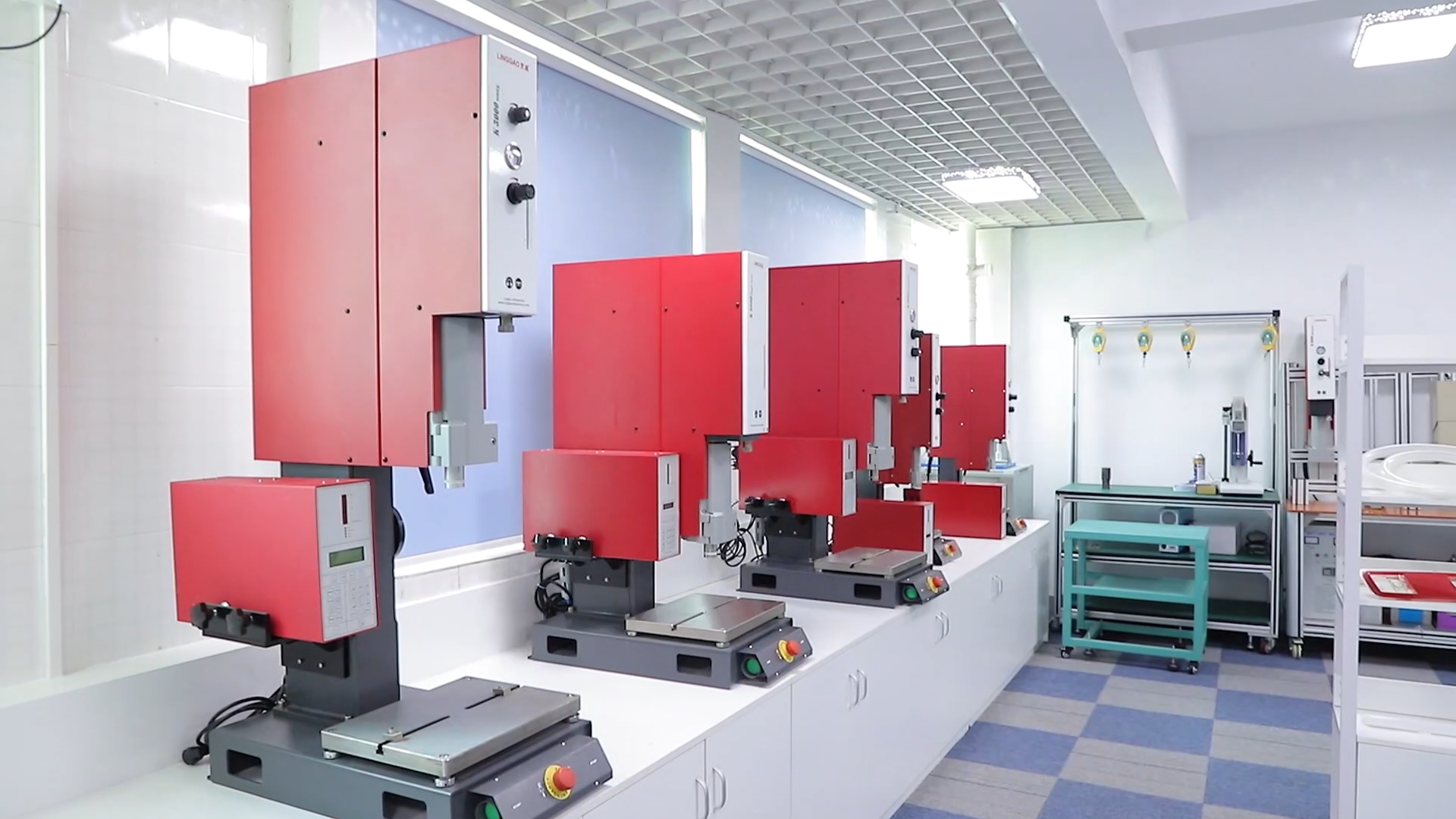
Ultrasonic welding technology is an efficient and environmentally friendly joining process in modern industry. Its principle is to generate heat through high-frequency vibration friction to fuse plastics at the molecular level. However, this technology is not a one-size-fits-all approach. The differences in the molecular structures of different plastics determine how they respond to ultrasonic energy. Below, Apsonic Ultrasonic analyzes the welding characteristics of common plastics and reveals the subtle relationship between ultrasonic welding and material properties.

1. The "Characteristics of Plastics" The welding performance of plastics is essentially a reflection of their molecular mobility. We can divide plastics into three categories:
1. "Passionate" amorphous plastics
The molecules of this type of plastic are loosely arranged and become as active as "ants on a hot pot" when heated:
ABS (Acrylonitrile Butadiene Styrene): It is easy to shape like a Lego brick. Only moderate energy is needed to form a uniform weld during ultrasonic welding. However, it should be noted that too high butadiene content may cause brittleness of the weld surface.
Acrylic (PMMA): This "glass stand-in" is sensitive to energy and requires precise time control during welding, otherwise bubbles or silver streaks are likely to occur.
Polystyrene (PS) family: commonly used in the manufacture of toys, decorations, floating wheels, etc. Due to its high elastic modulus, it is suitable for ultrasonic welding.
2. "Slow-heating and conservative" crystalline plastics
Polyethylene (HDPE/LDPE): Low-density polyethylene is as easy to deform as soft candy, while high-density polyethylene requires higher energy. When welding, you need to pay attention to controlling the amplitude to avoid material degradation. It can be made into various colors and is often used in dishes, packaging films, soft water pipes, milk bottles, soft ropes, etc.
Polypropylene (PP) and its reinforced version: light specific gravity, high melting point, high crystallinity, good surface rigidity and scratch resistance, good insulation, moisture absorption resistance, acid and alkali corrosion resistance, and solubility resistance. After spinning, it can be made into ropes and other fabrics. It is often used in automotive interior and exterior decoration, household appliances, maternal and child products, etc.
Nylon family: This "hygroscopic expert" must be completely dried before welding, otherwise the moisture will create bubbles like a naughty child.
3. "Unique" engineering plastics
Such materials often require special processes:
Polycarbonate (PC): This "transparent warrior" has a high melting point, long welding time and high amplitude.
Polysulfone (PSU): It is hard, strong, and tough. Its electrical properties are not affected by long-term heat. It is commonly used in TV parts covers, motor parts, etc.
In order to further empower manufacturers and help them stand out in the fierce market competition, apsonic ultrasonic now grandly launches a major "trade-in" feedback event, generously giving back 10 million yuan to fully support manufacturers' equipment upgrades. This event breaks the brand and age restrictions. No matter where your ultrasonic welding equipment comes from or how long you have used it, you can participate, and each old equipment can enjoy a discount of up to 35,000 yuan!
